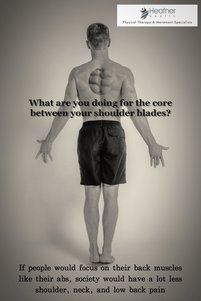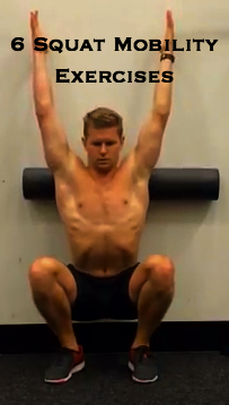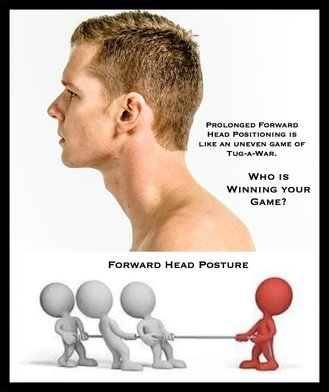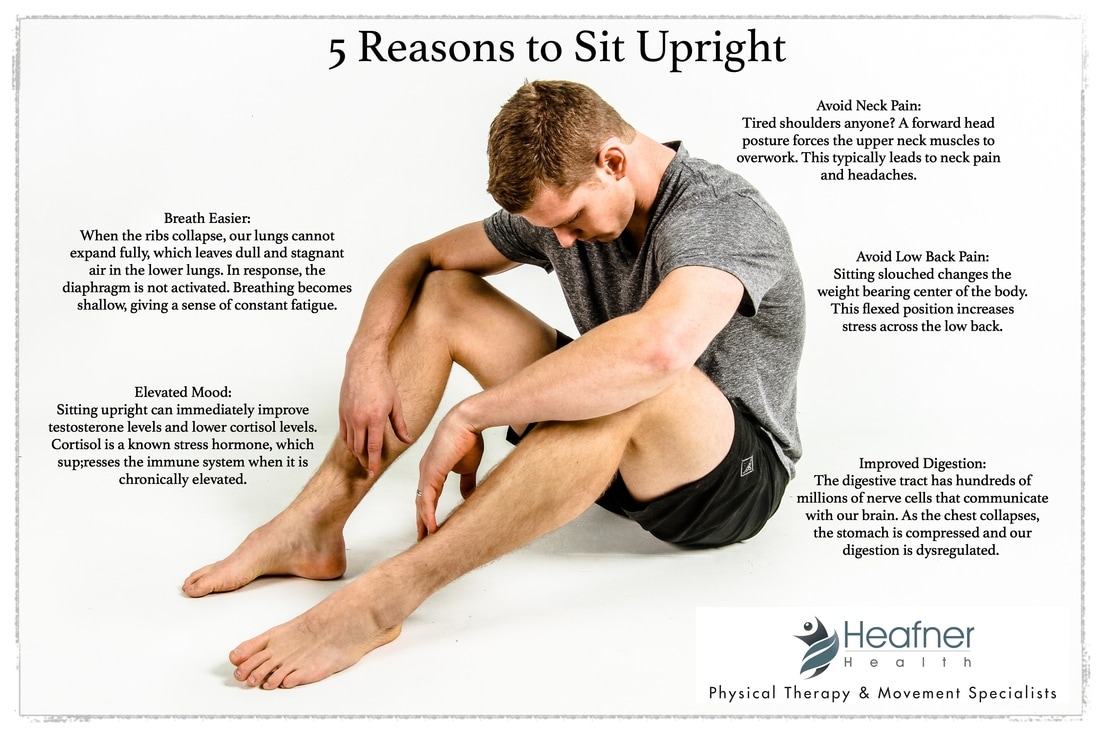What is Joint Mobility?
In this post, I am going to discuss hip joint mechanics and provide 3 valuable exercises to maximize mobility and minimize stiffness. The Hip JointThe hip joint is made of the head of the thigh bone (femur) and the round surface of the pelvis (acetabulum). Since the hip is a ball and socket joint, it has large amounts of available range of motion. This range of motion is essential for walking, climbing stairs, and squatting with proper form. Ligaments, muscles, and a thick layer of cartilage surround the joint to maintain strength and stability. If the hip joint is injured OR a person gradually becomes inactive, the range of motion will be limited. Who Commonly Needs Hip Mobility?1. People who sit for long periods of time
Hip Flexor and Quad Opener
Banded Leg Raises
Banded Heel Rocks
5 Comments
Can you keep your torso tall as you lower into the squat? Do your heels pop off the ground? Do your knees cave towards one another?
What Do You Need to Know About Squatting The squat is considered a compound, multi-joint movement that targets the gluteals, hamstrings, and quadriceps. When performed correctly, it activates over 200 muscles. The single leg squat shows exceptional muscle activation of both the gluteus medius and gluteus maximus (1). These muscle groups are extremely important in decreasing your risk of low back, hip, and knee pain. Essential Mobility Exercises As I mentioned above, a proper squat requires coordinated movement in the ankles, hips, core, and middle back. Typically a loss of mobility in one of these regions is a contributing factor to someone's inability to squat. Below are the TOP 6 exercises I routinely perform to maintain good squat form.
Like this post? See more resources from Heafner HealthLook in a mirror right now. Where is your head resting in relation to your shoulders?If your head posture looks similar to the picture above, you have a resting forward head posture. While this position is not inherently bad, a prolonged forward head posture often leads to neck pain and headaches. With my clients, I compare the forward head posture to a game of Tug-A-War between your neck muscles. In this game, the muscles on the front side of your neck are actively fighting against the muscles on the back side. If the head is positioned forward, the force of gravity makes the back muscles work significantly harder, often losing the game. In this post, we will cover the forward head posture, reasons to sit upright, and specific exercises to minimize neck pain and headaches. Reasons to Sit UprightThe other day, I was reading a book about the Alexander Technique. In the book, the author tells a story about a young boy who is sitting upright and alert in his classroom. The boy is wide awake, unlike his fellow classmates. However, despite the boy's attentiveness, the teacher scolds him and tells him to sit down because he is blocking the other children's viewpoint. The boy slouches, matching the posture of the rest of the class. Within minutes, his demeanor was tired and withdrawn. This story is important for several reasons. First, sitting upright changes our mood. When the boy slouched, he became removed from his present learning environment. This shows that sitting upright can literally change our biochemistry. Our posture changes how hormones are regulated in our body. Second, the teacher's response to his posture shows that our society has conformed to the slouched, tired posture. Aside from changing our mood, sitting upright has positive effects on our spine, breathing pattern, and digestion. In the picture above, both my middle and lower back are rounded excessively. If the low back is rounded for long periods of time, extra stress is placed across this region. In this example, the hips no longer absorb the weight of the body, but rather the lower back absorbs this stress. When the middle back slouches, the head and neck must readjust by jutting forward so that our eyes can meet the world again. The above statements are very concrete. We can see and feel those differences simply by changing our posture. More abstract changes happen beneath the surface. For example, slouching forward from the middle back effects our respiratory and digestive systems too. As the upper back rounds forward, our upper ribs move closer together and the diaphragm has trouble assisting with the breathing movement. Other neck muscles take on new roles for breathing and become overworked. Decreased respiration leaves carbon dioxide in the lower lobes of the lunges and oxygen is not transported fully throughout the body. Additionally, the increased compression on the abdomen creates tension in the stomach and intestines, altering digestion. What Can We Change Today First off, it is important to note that having good upright posture will not solve all life's problems. As I tell my patients, "Your next posture is your best posture!" In other words, movement is the key to longevity. Movement almost always trumps static posture. However, being cognizant of maintaining an upright posture is beneficial. There are simple, daily steps that can be taken to have better resting posture. One important region to pay special attention is the middle back. As I discuss in a previous post on the middle back, "The thoracic spine - or middle twelve vertebrae of the spine - connect the neck to the low back. Anatomically this region moves less than its counterparts. The neck is designed for high amounts of movement in order to quickly look or turn. On the contrary the thoracic spine is built for stability. It houses the connections for the ribs, which protect the vitally important organs of the heart and lungs... A lack of motion forces the higher and lower connections (neck and low back) to move excessively. The excessive movement causes small amounts of repetitive trauma in the neck and low back eventually resulting in pain. " Below are two videos that provide a mix of mobility (a.k.a maintaining motion) and stability (engaging the shoulder blade) muscles. These exercises will help you sit more erect and maintain a healthy, upright posture!
Do you have neck pain? Check out Heafner Health's Top 5 exercises to treat neck pain while typing! |
Heafner HealthPhysical Therapy Archives
April 2024
Categories |





 RSS Feed
RSS Feed
